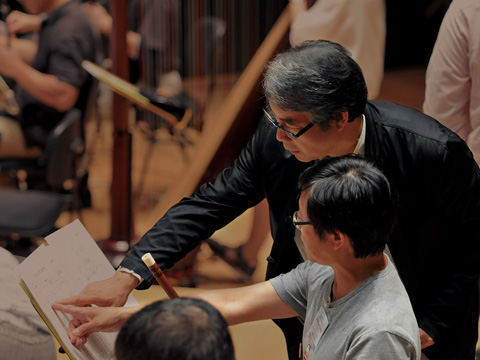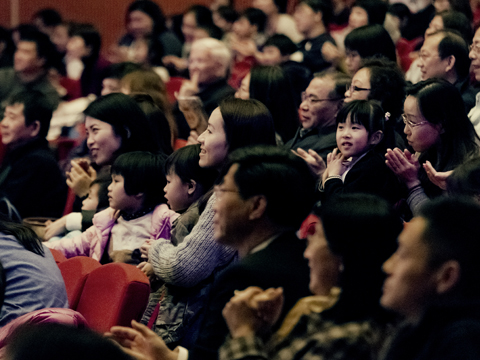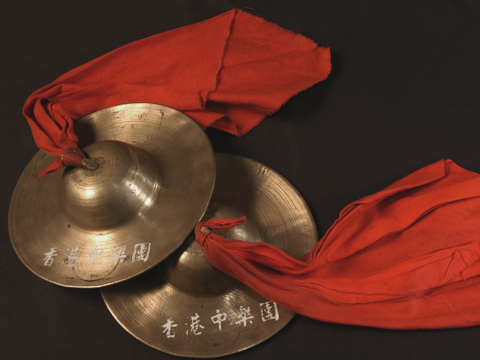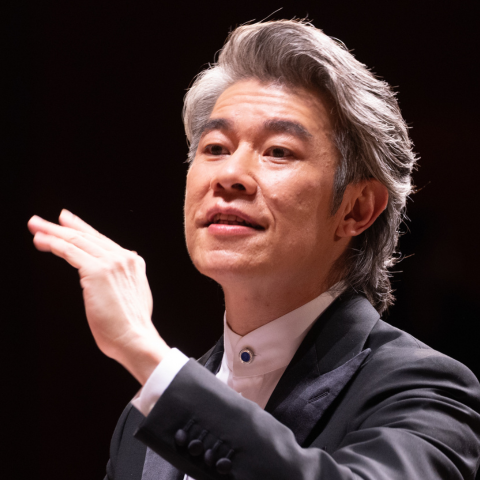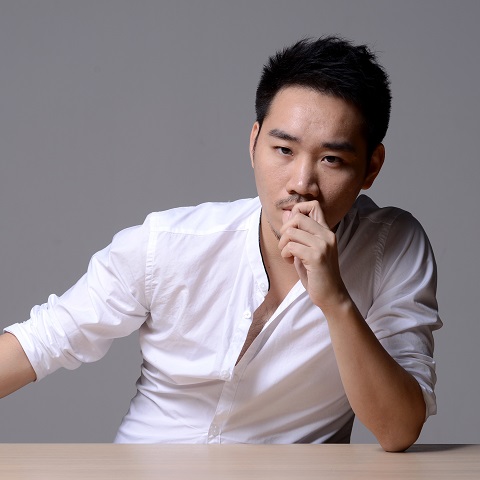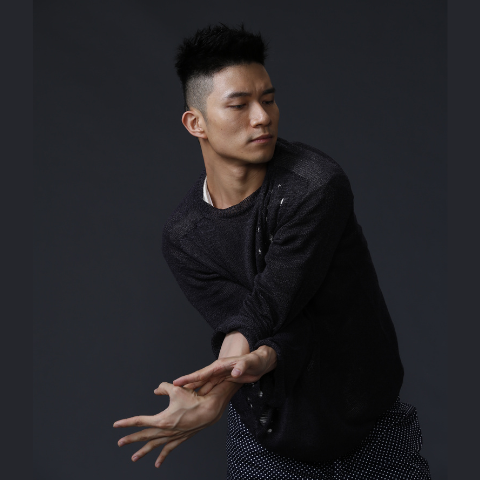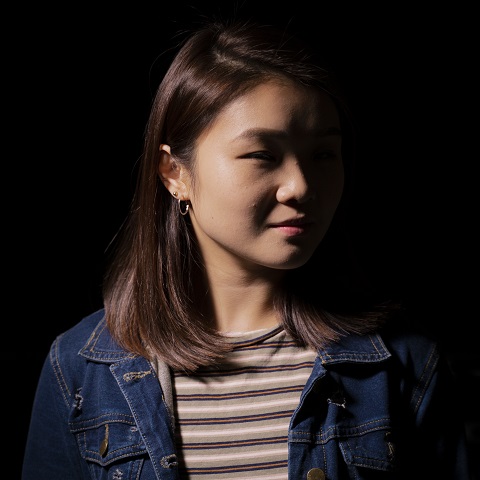
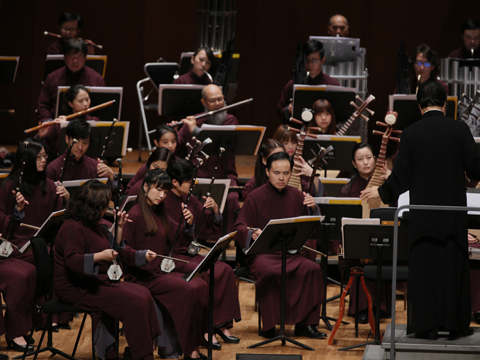
HKCO
Hong Kong Chinese Orchestra Environmental, Social and Governance Artistic Director and Principal Conductor for Life Orchestra Members Council Advisors & Artistic Advisors Council Members Management Team Vacancy Contact Us (Tel: 3185 1600)

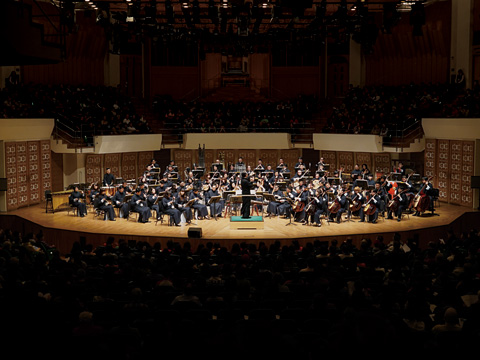
Concerts

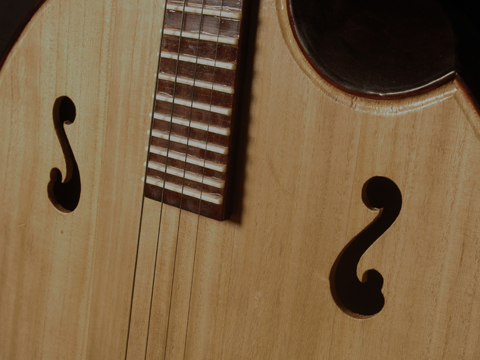
Education
The HKCO Orchestral Academy Hong Kong Youth Zheng Ensemble Hong Kong Young Chinese Orchestra Music Courses Chinese Music Conducting 賽馬會中國音樂教育及推廣計劃 Chinese Music Talent Training Scheme HKJC Chinese Music 360 The International Drum Graded Exam

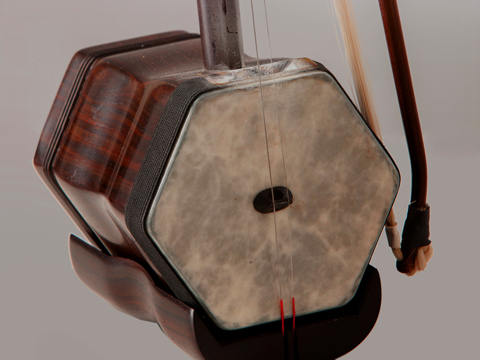
Instrument R&D
Eco-Huqins Chinese Instruments Standard Orchestra Instrument Range Chart and Page Format of the Full Score Configuration of the Orchestra
44th Orchestral Season

Music Integrates Community Concert - Tuen Mun
The Tung Foundation and the Bank of China (Hong Kong) Proudly Support
(Raoul Chan, Ronald Tsang, Lam King Ho (Guest Performer), Ivy Hung (Guest Performer))
The Hong Kong Chinese Orchestra has won the accolades as “a leader in Chinese ethnic music” and “a cultural ambassador of Hong Kong”. Over the years, the Orchestra has always been committed to promoting Chinese music. This time, the Orchestra is going to present to you two free concerts at Tuen Mun Town Hall Auditorium. A vividly fun Chinese music experience awaits!
Led by Mr Chew Hee Chiat, Resident Conductor of the HKCO, the Orchestra will be joining with Yat Po Singers, the first professional a cappella choral theatre company in Hong Kong, to perform The Herbalist’s Cabinet and Music that Cures (Ngok Dou Beng Chui) by local composer Ng Cheuk-yin, and new interpretations of traditional pieces including Beautiful Clouds Chasing the Moon, Dance of the Golden Snake and Horse Race etc.
Click here for ticket reservation.
Inquiries: 3185 1607.
Music that Cures (Ngok Dou Beng Chui) (Opening number) Ng Cheuk-yin
Meditation during Confinement in Sickness (Excerpt) Liu Tianhua Arr. by Ng Cheuk-yin
Vocal: Yat Po Singers
The Herbalist’s Cabinet Ng Cheuk-yin
Horse Race Huang Haihuai Arr. by Ng Cheuk-yin
Vocal: Yat Po Singers
Beautiful Clouds Chasing the Moon Ren Guang Arr. by Law Wai-lun
Beautiful Clouds Chasing the Moon (Version with suona as lead) Ren Guang
Beautiful Clouds Chasing the Moon (Jazz version) Ren Guang Arr. by Keith Wong
Beautiful Clouds Chasing the Moon (Vocal version) Ren Guang Lyrics by Peter Tang, Colin Ng and Lu Minh Quang (aka Wan Kwong) Arr. by Raoul Chan
Vocal: Yat Po Singers
Theme from the movie, Once Upon a Time in China Ancient Tune Lyrics by James Wong Arr. by Phoon Yew-tien
The Nanniwan Resort Ma Ke Lyrics by He Jingzhi Arr. by Sam Lau
Dance of the Golden Snake Folk Melody Compiled by Nie Er Arr. by Ng Cheuk-yin
Music that Cures (Ngok Dou Beng Chui) Ng Cheuk-yin
Vocal: Yat Po Singers
Music that Cures (Ngok Dou Beng Chui) (Opening number) Ng Cheuk-yin
The title, a transliteration in the Cantonese dialect, is a twist on an idiom meaning ‘the right medicine cures ailments’, with ‘medicine’ being replaced by ‘music’. So it now means ‘the right music cures ailments’. As the introduction and finale of the concert, it opens with two phrases from a traditional tune, Dance of the Golden Snake. Then the Cantonese cadence of ‘ngok dou beng chui’ is transformed into musical notes that link up the entire piece. The work attempts to reconstruct some core components in traditional Chinese music with a modern twist for added interest.
Meditation during Confinement in Sickness (Excerpt) Liu Tianhua Arr. by Ng Cheuk-yin
This is Liu Tianhua’s first work and was first known as An Shi or Hu Shi. (Both titles carry question marks and ask the question of ‘where will life lead us?’ or ‘what kind of life will we settle down to?’) In 1914, after the drama society that he founded with like-minded friends folded, he returned to his native place to teach. The next year, his father died. He was beset with hard luck himself, being out of work and suffering from sickness and abject poverty. The difficult life formed a gestation of the music for this work. The first version was completed in 1918, when he was teaching a Chinese music research summer course in Jiangyin, Jiangsu Province.
The music traces the many trials and tribulations the composer suffered. The anxiety about the unknown future and the stamina to get to the end of the tunnel create an overwhelming tension and seem to reiterate the composer’s question in his first title, ‘where will life lead us?’
Only the opening section will be performed at this concert.
The Herbalist’s Cabinet Ng Cheuk-yin
The multi-drawer Chinese herbalist’s cabinet contains numerous Chinese herbs, each with its distinct medicinal properties. Different combinations would create different recipes for decoction that can cure. The modern Chinese orchestra is similar to this cabinet in that its configuration includes instruments of East, West, North, South, old and new. The distinguished sounds come together to form a glorious tapestry, the orchestral voice. This work is played with running comments from the Yat Po Singers, as they introduce the various instruments and their combinations within the context of Chinese orchestral music. Snippets of variations on signature melodies in Chinese music are embedded in the work as a retrospective of, and a tribute to those who had worked on, the development of Chinese music over the years.
Horse Race Huang Haihuai Arr. by Ng Cheuk-yin
The music depicts a horse race held on a festival day of the Tibetans.
Beautiful Clouds Chasing the Moon Ren Guang Arr. by Law Wai-lun
This is an instrumental piece composed in 1935 by Ren Guang and Nie Er for the EMI Chinese Music Ensemble when the two were making recordings under the EMI label in Shanghai. Many versions with new orchestrations appeared after 1960.
It is characterized by the use of the pentatonic scale, vividly create the vast, openness of the night sky.
Beautiful Clouds Chasing the Moon (Version with suona as lead) Ren Guang
Programme note same as above.
Beautiful Clouds Chasing the Moon (Jazz version) Ren Guang Arr. by Keith Wong
Programme note same as above.
Beautiful Clouds Chasing the Moon (Vocal version) Ren Guang Lyrics by Peter Tang, Colin Ng and Lu Minh Quang (aka Wan Kwong) Arr. by Raoul Chan
Please refer to the Chinese version of the website for the lyrics. Available in Chinese only.
Theme from the movie, Once Upon a Time in China Ancient Tune Lyrics by James Wong Arr. by Phoon Yew-tien
The Nanniwan Resort Ma Ke Lyrics by He Jingzhi Arr. by Sam Lau
The Nanniwan Resort is an arrangement based on Nanniwan, a song so popular in China that everybody knows it by heart. The original piece was composed by Ma Ke, with lyrics by He Jingzhi. The former base of the Great Production Movement has been reimagined by the arranger to become one of the premier tourist attractions in Asia, and the exciting things that happen in the resort every day are recorded through the rousing, lively music.
- Sam Lau
Please refer to the Chinese version of the website for the lyrics. Available in Chinese only.
Dance of the Golden Snake Folk Melody Compiled by Nie Er Arr. by Ng Cheuk-yin
Dance of the Golden Snake is an arrangement by Nie Er based on a folk tune, Dao-Ba-Ban ('The Reversed Eight Beat') in 1934. Robust and joyful, it is a well-known piece of festive music often played by folk music groups, and has been arranged for full-scale Chinese orchestra by many composers.
Music that Cures (Ngok Dou Beng Chui) Ng Cheuk-yin
Programme note same as Music that Cures (Ngok Dou Beng Chui) (Opening number)
Your Support
Friends of HKCO
Copyright © 2025 HKCO
